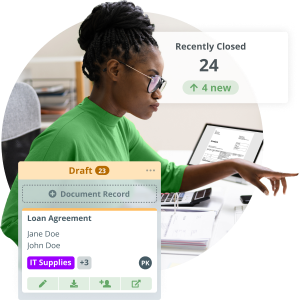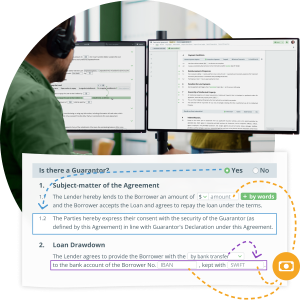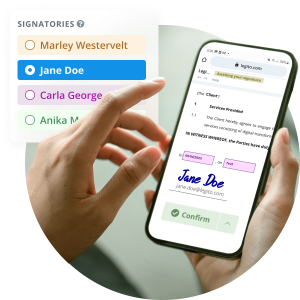Improve Your Productivity with Legito’s No Coding Automation.
We know that as your business works tirelessly to grow, the core and its related responsibilities cannot be ignored. An investment in automation means more resources available for growth, rather than administration. We know that a simple to implement, no-coding required automation tool precludes the need for an expensive IT investment, and has you ready to automate documents and processes almost immediately.
Featured Success Stories

How RBI Achieved 100% Error Reduction with Legito
Using Legito, we are able to produce our loan documentation faster and more accurately than ever before. The efficiency gains are impressive and a game changer for our business.
Eli Cohen
Chief Operating Officer
Featured Resources

Increase Businesss Processes in Minimal Time
Legito is a no-code document automation platform for citizen developers, and you can use your sourcing team’s expertise to build exactly what you need.
See Why Over 400k+ Individuals and Companies Use Legito

Controlled Document Flow
End-to-end document lifecycle management with automated routing, approvals, dashboards, collaboration and reusable data.
Rich workflow tools to power efficiency or growth. No-code rapid deployment for fast ROI. Regular new features.
Learn More
Intuitive Document Creation
No code, no limits. Easily automate even advanced documents. Unique interactive documents that leverage inserted data.
Create tailored documents with your data and your rules, without coding. Immediate ROI and a path to wider automation.
Learn More
Build Your Enterprise Apps
No code platform for back office innovators and citizen developers to create custom solutions in a fraction of the time.
Use Legito enterprise-wide, but teams get customized solutions. Organize data, views and tools for specific operations.
Learn More
Free Electronic Signature
Trusted, legally binding, fast, and enterprise-level secure electronic signature. No fee.
Make it easy to do business when people work remotely. Easier to sign, easier to manage, easier to authenticate.
Learn More